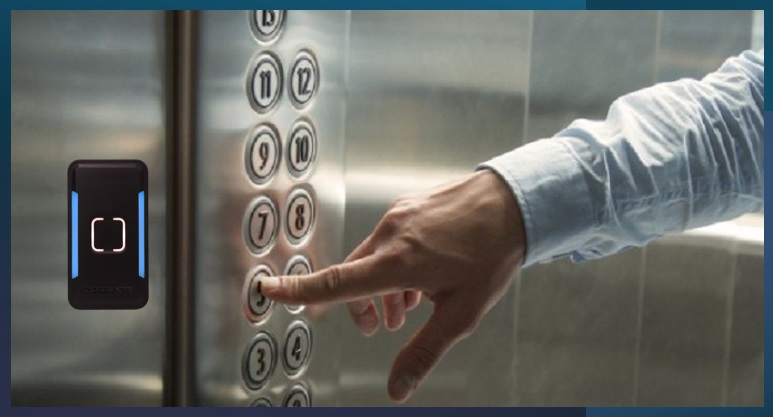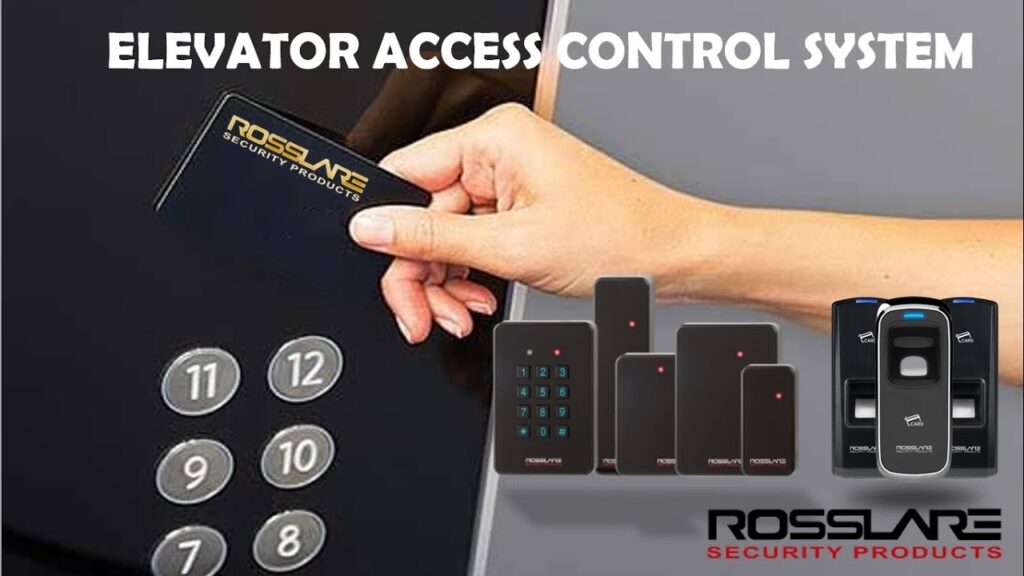Modern commercial and residential buildings require more than just a locked door. They need an intelligent system to manage the flow of people, ensure security, and provide convenience. A key part of this is an elevator access control system, and Rosslare’s controllers and readers offer a comprehensive and versatile solution to this challenge.
The Problem with Uncontrolled Elevators
Without an access control system, an elevator can become a security weak point. Any person who enters the elevator lobby can freely go to any floor, compromising the privacy and security of tenants, offices, or residential units. This can be especially problematic for multi-tenant buildings where different companies or residents need restricted access to specific floors.
How Rosslare Solves the Challenge
Rosslare’s elevator access control solution is built on a simple yet powerful principle: to ensure that a user can only activate the floor button for which they have authorized access. This is achieved by integrating a Rosslare controller with the elevator’s call buttons and using a reader to authenticate the user.

The System Components
- The Controller: At the heart of the system is a Rosslare multi-door controller, such as the AC-825IP. This is the “brain” that stores all user credentials, access rights, and rules. It’s typically installed in a secure location, like the elevator machine room.
- The Reader: A Rosslare reader is installed inside the elevator cabin, next to the floor buttons. This is where the user presents their credential. Rosslare offers a wide variety of readers to suit every need:
- Card/PIN: Use a traditional card or a personal identification number (PIN) for access.
- Biometric: For the highest level of security, a biometric reader (e.g., fingerprint) ensures that the person is not just using a stolen credential but is the authorized individual.
- Bluetooth: A modern, convenient option that allows users to use their smartphone as a credential, eliminating the need for a physical card.
- The Elevator Interface Board: This is a special module that acts as the communication bridge between the Rosslare controller and the elevator’s floor buttons. When an authorized user presents their credential, the Rosslare controller activates only the specific floor buttons that the user is permitted to access. All other buttons remain inactive.
How It Works in Practice
- Floor-wise Restrictions: A company renting the 15th floor will have its employees’ credentials programmed to only activate the button for that floor. Visitors or employees of other companies will not be able to press the 15th-floor button.
- Restricting Elevator Keypads: Instead of allowing anyone to press any button, the entire elevator keypad is disabled until a user authenticates with their credential. Once the authentication is successful, the floor buttons assigned to them light up, and they can then select their destination.
- Floor-Level Access Control: If needed, a second layer of security can be implemented. A reader can be installed at the entrance to each floor, restricting access to the floor itself even after a person exits the elevator.
- Customizable Credentials: The system is flexible and can be customized with various credentials:
- Card-Based: The most common option, using proximity or smart cards.
- Biometric-Based: For high-security environments, fingerprint or facial recognition can be used.
- Bluetooth-Based: Provides a seamless, hands-free experience for users with a smartphone, as offered by Rosslare’s BLE readers and the BLE-ID app.
By implementing a Rosslare elevator access control system, building owners and facility managers can achieve granular control over who goes where, at what time, and with what level of access. This not only enhances security but also improves operational efficiency by providing a detailed audit trail of all elevator usage.

